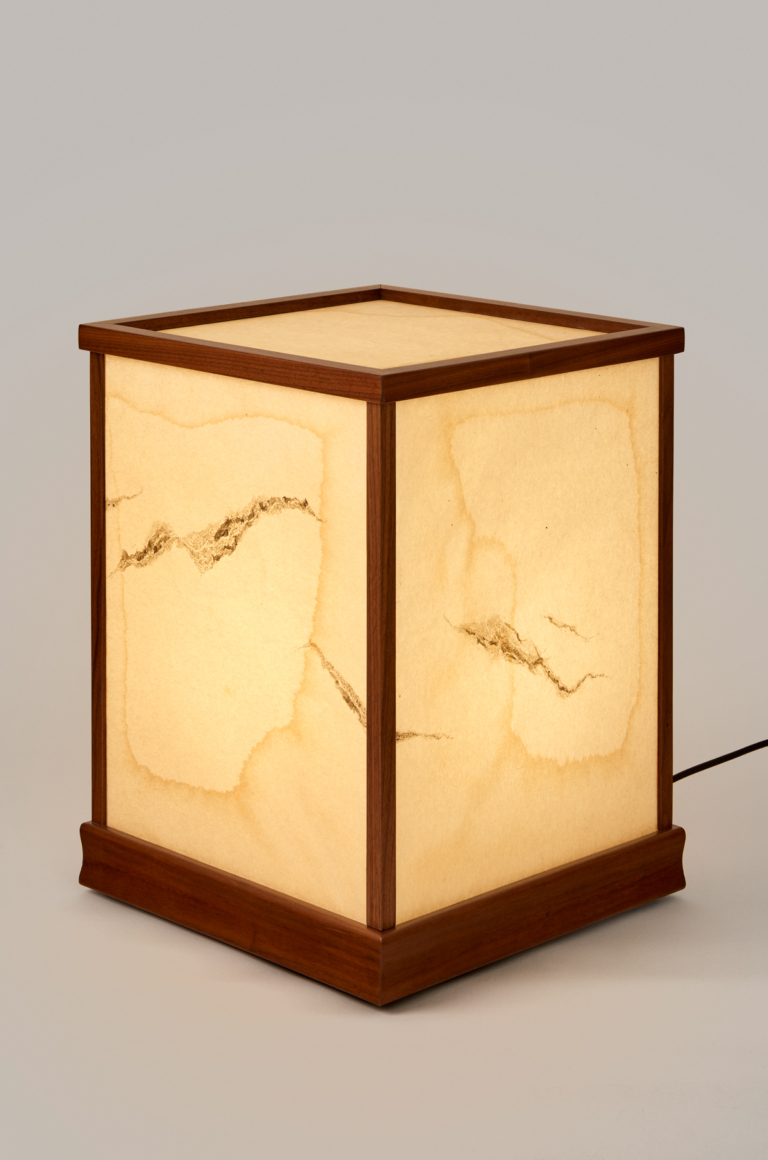
A Contemporary Coastal Watchtower – Smiths Beach Lifesaving by MRTN Architects
As a place of shelter from the elements, Smiths Beach Lifesaving tower is a reinterpretation of a well-known vernacular. MRTN Architects has combined the essence of the iconic observation structure with a modest and recessive approach to site.
On the coastal park edge of Philip Island, in Victoria, vehicular access is limited, and this tower plays a vital role in both the landscape and in its presence along the coast. As a place of occupancy, during the summer months the tower is utilised by up to five life savers; for the rest of the year it is closed. The primary purpose of the tower is to provide shelter, and it also houses first aid services, is used to store equipment and is a visible patrol presence when in use. Used by the Woolamai SLSC, the structure is designed by MRTN Architects to be relocatable, prefabricated (minimising impact to site in construction), and to play its part in wildlife conservation.
Built by Kane Worthy Constructions and designed in conjunction with Tract Consultants, the tower is run by volunteers. The structure is the physical manifestation of the volunteers’ fundraising efforts and a shared passion for the coast. The location forms a key habitat location for migratory shearwater birds and is part of the protected Phillip Island Nature Park. The structure opens and extends visual access that has been carefully curated to encompass the views of high-risk areas of water and popular areas of the beach.
Clad entirely in timber, Smiths Beach Lifesaving tower has no front, back or notable sides. Rather, it is designed as a cylindrical structure that simplifies the traditional coastal watchtower. Its lack of hierarchy also speaks to the community that built and operate it concurrently. Angled timber fins made from weathered ironbark jut out from the corrugated steel encasing structure. These two materials speak to the required durability of the building within its context, and the approach to pre-build the structure and lightly insert it into its protected park milieu further emphasises that sensitivity to site. The consequent weight and scale of the structure also had to be considered in the design to allow the tower to potentially be relocated, if required.
Touching its earth lightly, Smiths Beach Lifesaving tower sits along the edge of a protected park, having been craned in from the carpark behind, and stands as a protective force, against both the elements and impending intruders. MRTN Architects has taken the passion of the tower’s occupants and owners to reinterpret the traditional coastal observation tower into a vernacular that sensitively responds to its site, retreating into the dunes it is located amongst.




















